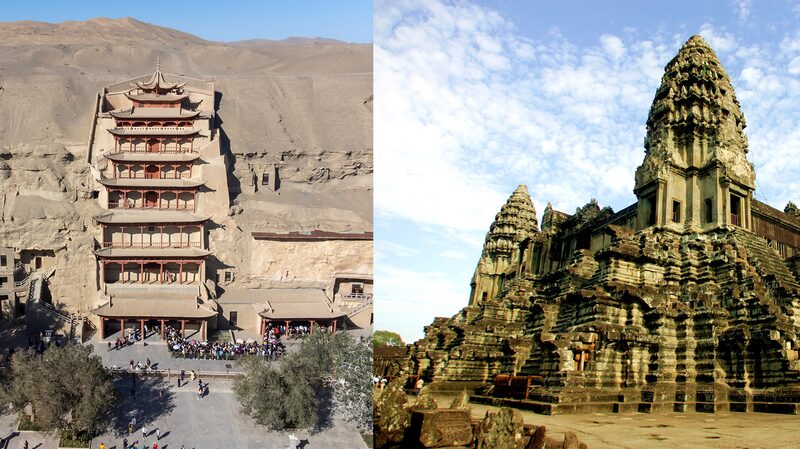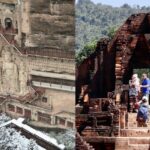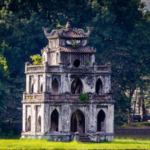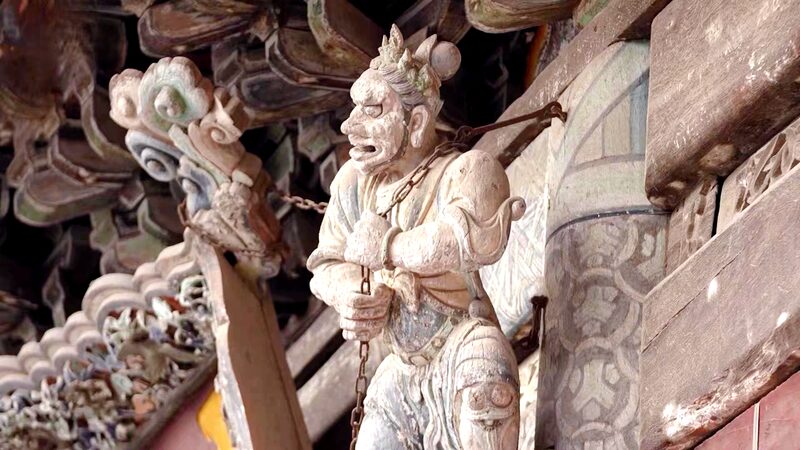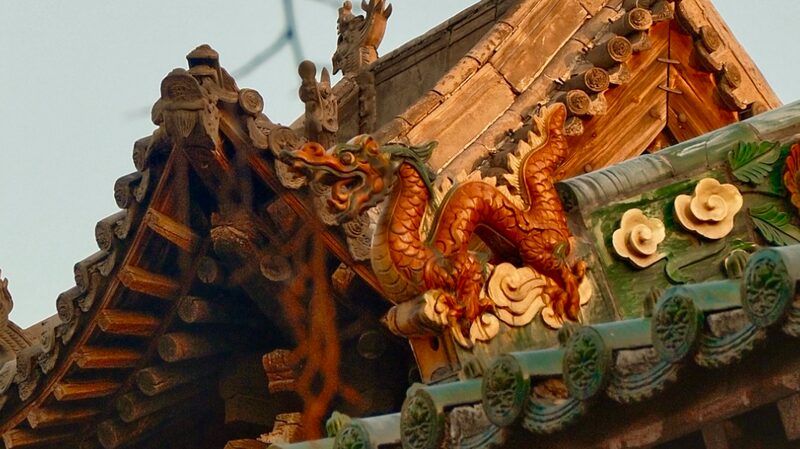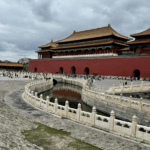Two Ancient Wonders, One Epic Legacy 🌟
Got wanderlust? Let’s time-travel to two of Asia’s most iconic landmarks: China’s Mogao Grottoes and Cambodia’s Angkor Wat. Both UNESCO World Heritage sites, these marvels have shaped art, spirituality, and history—but in wildly different ways. Let’s break it down! 🎭
Origins: Silk Road vs. Sacred Temples 🏯
The Mogao Grottoes, a.k.a. the 'Caves of a Thousand Buddhas,' served as a spiritual pitstop for Silk Road travelers. Imagine monks chilling here while traders swapped spices and silk! 🐪 Meanwhile, Angkor Wat began as a Hindu temple complex in the 12th century before evolving into a Buddhist icon. Talk about a glow-up!
Architectural Showdown 🏛️
- Mogao: Over 1,000 caves filled with wall paintings and sculptures, blending Indian Buddhist art with Chinese flair. Think of it as Instagram for ancient spiritual vibes. 🖼️
- Angkor Wat: A sprawling stone maze of towers and carvings depicting Hindu epics like the Ramayana. It’s the Avengers of temple design—but older!
Cultural Swag 🌍
Mogao reflects the melting pot of the Silk Road, while Angkor Wat showcases Southeast Asia’s Hindu-Buddhist fusion. Both? Total #inspo for art nerds and adventurers alike. 🤝
So, next time you’re planning a trip (or a Netflix doc binge), remember: these spots aren’t just ruins—they’re stories carved in stone. 📜✨
Reference(s):
Mogao Grottoes and Angkor Wat: A comparison of cultural significance
cgtn.com
